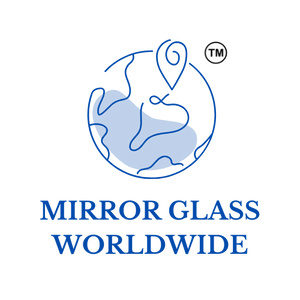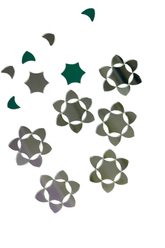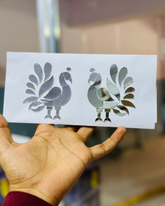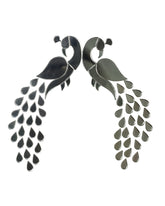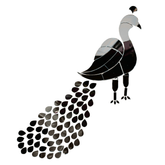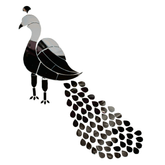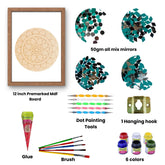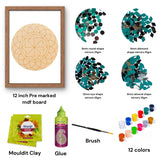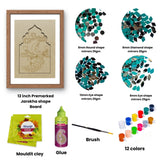Mixed Media Art with Mirrors
Mixed Media Art with Mirrors: A Detailed Guide
Mixed media art, a versatile and dynamic form of creative expression, involves combining different artistic mediums and materials to create unique, textured, and visually stimulating pieces. One of the intriguing elements used in mixed media art is mirrors. This blog will delve into the history, uses, techniques, and benefits of incorporating mirrors into mixed media art.
History of Mixed Media Art with Mirrors
The concept of mixed media art dates back to the early 20th century when artists began to break traditional boundaries and experiment with various materials. The incorporation of mirrors in art has its roots in ancient civilizations, where mirrors were used for their reflective properties and symbolic meanings.
Mirrors in mixed media art gained popularity during the Dada and Surrealist movements, where artists sought to challenge perceptions and create thought-provoking pieces. The reflective nature of mirrors added depth, dimension, and a unique interplay of light to artworks, making them a favourite among avant-garde artists.
Uses of Mirrors in Mixed Media Art
- Adding Depth and Dimension: Mirrors can create an illusion of depth in a flat piece of art. Their reflective quality makes the artwork appear multi-dimensional, drawing viewers into the piece.
- Playing with Light and Reflection: Mirrors can catch and reflect light, adding a dynamic element to the artwork. This can create interesting visual effects, such as changing appearances depending on the light source and angle of view.
- Symbolic Representation: Mirrors have been used symbolically in art to represent self-reflection, truth, and illusion. Incorporating mirrors can add a layer of meaning and provoke thought in the viewer.
- Enhancing Aesthetics: Mirrors add a touch of elegance and sophistication to mixed media art. They can be used to highlight certain areas of the artwork or to create focal points.
Techniques for Incorporating Mirrors into Mixed Media Art
- Mosaic Style: Cut mirrors into small pieces and arrange them in a mosaic pattern. This technique can be used to create intricate designs and patterns, adding texture and interest to the artwork.
- Embedding Mirrors: Embed small mirrors into a surface of clay, resin, or other mediums. This technique is commonly seen in traditional crafts like Lippan art but can be adapted to modern mixed media pieces.
- Collage with Mirrors: Combine mirrors with other materials like paper, fabric, and paint to create a collage. This technique allows for endless creativity and experimentation.
- Layering: Layer mirrors with other transparent or semi-transparent materials like glass, acrylic, or resin. This can create a layered effect, adding depth and complexity to the artwork.
- Painting on Mirrors: Paint directly on mirrors using glass paints or other suitable mediums. This can create unique effects where the painted areas contrast with the reflective surface.
Conclusion
Mixed media art with mirrors is a captivating and innovative form of artistic expression that allows for endless creativity and experimentation. By incorporating mirrors into their work, artists can add depth, dimension, symbolism, and dynamic visual effects to their pieces. Whether used in a traditional mosaic style or as part of a modern collage, mirrors bring a unique and engaging element to mixed media art. Explore this fascinating medium and discover the myriad possibilities it offers for creating stunning and thought-provoking artworks.
